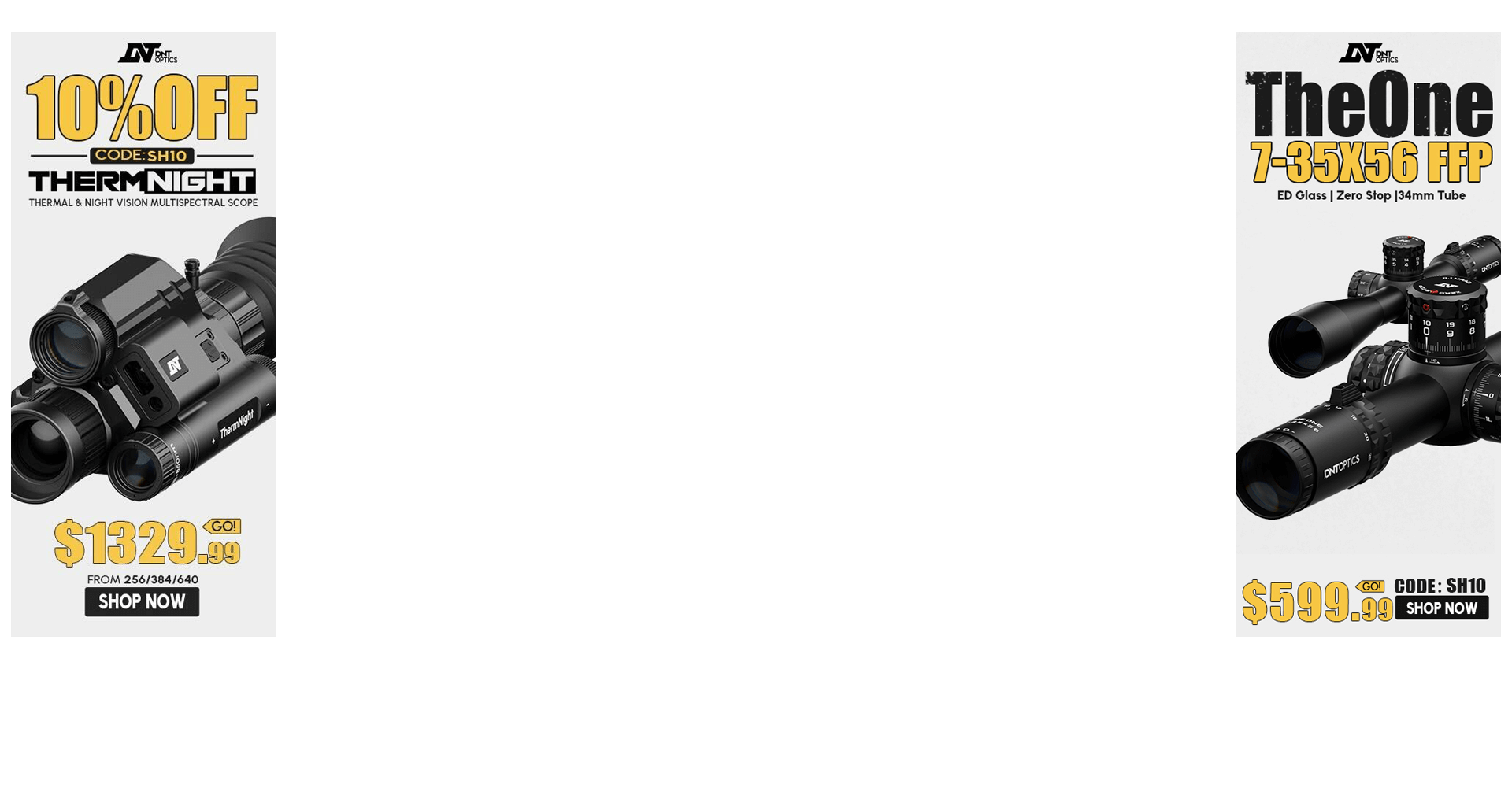I am brand new to reloading on my own, I've observed a family friend do it a few times so I understand the generalities, but on my own I have no experience. I've read through the tutorial stickies here and I am still a little overwhelmed, my next step will probably be to watch YouTube videos, I'm a pretty visual learner and I think that would help.
Does the community think there would be any value in taking cheap factory ammo (Core-Lokt, Super-X, etc) and breaking it into its components to remeasuring, practice brass work, and then reload it? Or is that a waste of time and money, and I should just start with all new brass, bullets, powder, primers?
On a similar vein, if anyone could recommend a kit that has all the basic components I would need, including brass work, sans-dies and shellholder, I would appreciate it. It seems like Lee, RCBS, Hornady all sell a kit, but it is lacking some tools. Can I buy a bare-bones basic kit + dies and go from there? I feel like there will always be MORE tools available, what is a good place to start, and/or should I assemble a kit myself?
Thanks for all the help, I'm looking forward to learning a lot this summer and fall!
Does the community think there would be any value in taking cheap factory ammo (Core-Lokt, Super-X, etc) and breaking it into its components to remeasuring, practice brass work, and then reload it? Or is that a waste of time and money, and I should just start with all new brass, bullets, powder, primers?
On a similar vein, if anyone could recommend a kit that has all the basic components I would need, including brass work, sans-dies and shellholder, I would appreciate it. It seems like Lee, RCBS, Hornady all sell a kit, but it is lacking some tools. Can I buy a bare-bones basic kit + dies and go from there? I feel like there will always be MORE tools available, what is a good place to start, and/or should I assemble a kit myself?
Thanks for all the help, I'm looking forward to learning a lot this summer and fall!

